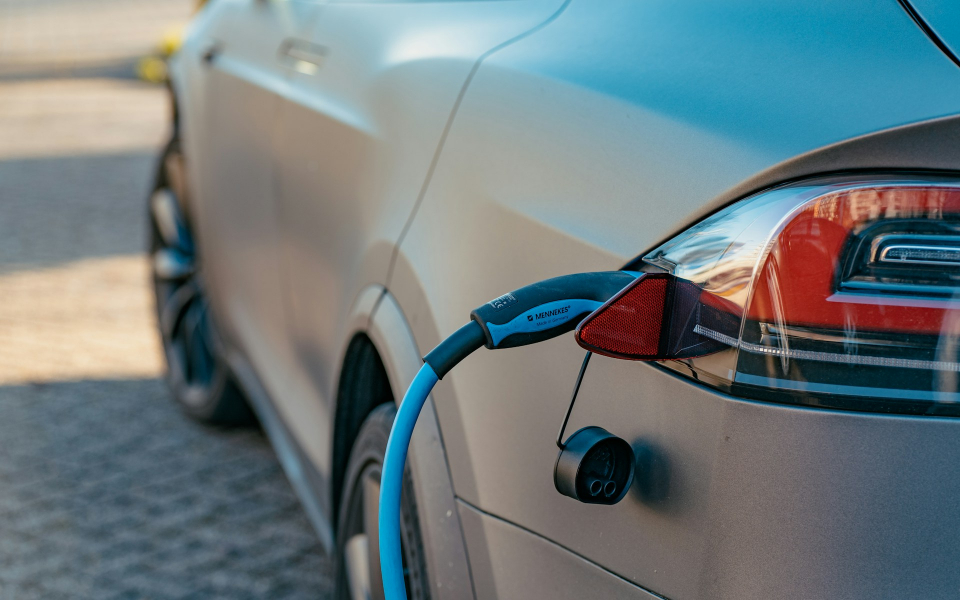The recent North American Battery Series, hosted by J.P. Morgan, provided crucial insights into the battery industry's future. The event featured experts and corporations from various segments of the battery value chain. Key themes emerged, shedding light on the industry's trajectory, innovation focus, and supply chain strategies.
EV Sales Projected To Grow 20%-23% YoY In 2024
J.P. Morgan's Global EV Battery team, led by Parsley Ong, shared an optimistic outlook for global EV sales, projecting a 20%-23% year-over-year growth in 2024.
China will lead this growth, while the U.S. and European markets will align with more muted expectations.
In this light, stocks of China-based EV makers such as Xiaomi Corp
Adequate battery material capacity will support up to a 25%-30% growth rate, with potential temporary price increases if demand exceeds this range. Battery volume recovery will be gradual and weighted towards the second half of the year, with prices bottoming in the second quarter.
Battery Innovation Now Focused On Fast Charging & Cost Reductions
Despite softer growth in EV demand outside China, the full battery value chain heavily invests in scaling and innovating.
Dr. Shashank Sripad from And Battery Aero emphasized the shift in battery innovation objectives from improving range to fast charging and cost reductions. The focus is on enhancing the battery's performance, with significant interest in superfast charging and brand reputation.
Novel technologies, while promising, will likely remain limited to electric aviation and high-end EV markets for the next few years due to high costs and specific energy requirements.
Silicon and lithium-metal are the most mature advanced anode options, with the potential to significantly boost specific energy and fast charging capabilities.
Long-term, the industry will shift towards cathode innovation, which has remained relatively unchanged for several years. Popular companies in the cathode materials space include BASF SE
Competitive Landscape and Cost Dynamics
The competitive battery supply chain highlights the need for cost improvements and innovation. With some plants operating at only 30% capacity, the focus is on cost competitiveness and advancements in fast charging, higher nickel-content NMC batteries, and higher silicon-content anodes.
Battery costs will fall below $100/kWh, making EVs cost-competitive with internal combustion engine vehicles globally.
Impact of Localization Trends
Recent U.S. tariffs on Chinese exports highlight the geopolitical importance of domestic battery material and cell supply chains. The U.S. prioritizes supply chain localization, particularly for lithium.
Tariffs on EVs, lithium-ion batteries, and natural graphite will increase significantly in 2024. While this could create inflationary pressures for U.S. EVs, it also presents an opportunity for U.S. battery material producers. U.S. EV makers include Tesla Inc
The Biden Administration's move to increase tariffs underscores the need to build a domestic supply chain for EVs, potentially benefiting U.S. battery startups.
JPMorgan's recent note highlighted the battery industry's commitment to innovation and cost reduction amid evolving market dynamics. Focusing on fast charging, supply chain localization, and advanced anode technologies, the battery sector will experience significant growth and transformation.
Investors should monitor these trends closely, as they will shape the future of the EV and battery markets.










